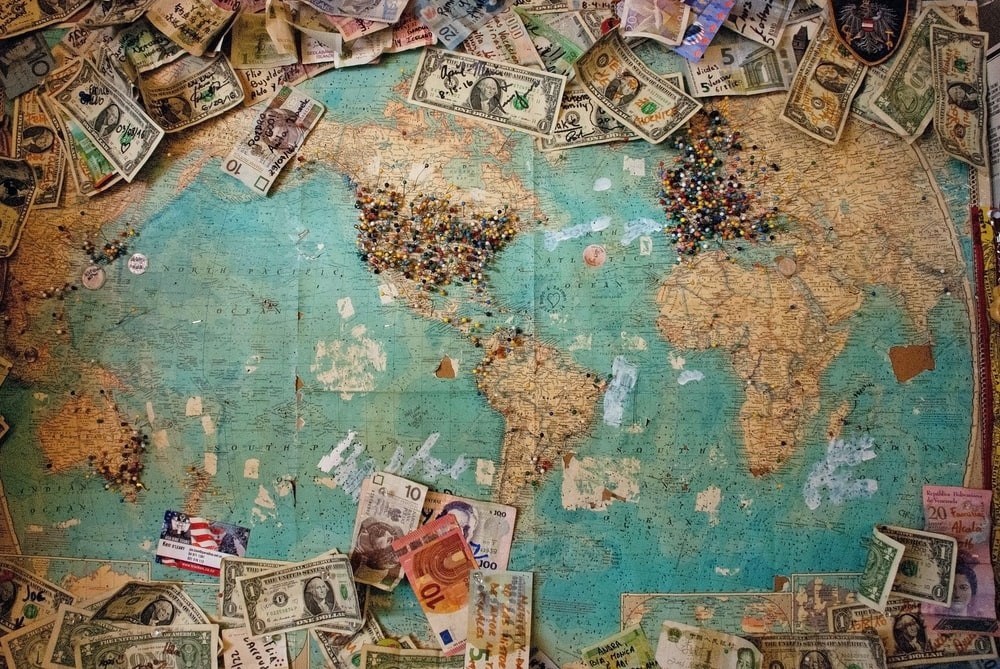The UN Convention against Corruption is the first binding document in the fight against corruption and forms a unique mechanism for combating this problem worldwide.
The existing current convention of 2005, with its aid organization UNODC, covers four main areas: prevention, punitive measures, application of the law, international cooperation and the restoration of property.
The convention also contains provisions on technical assistance and the exchange of information. At the conference of the participating states in 2009, it established a review mechanism between the states.
164 countries are currently participating. That is a large majority of the member states of the UN that have joined the fight.
It remains to be stressed that the Convention is the only global anti-corruption tool that contains innovative standards that are accepted worldwide and that can be applied to both the public and private sectors.



